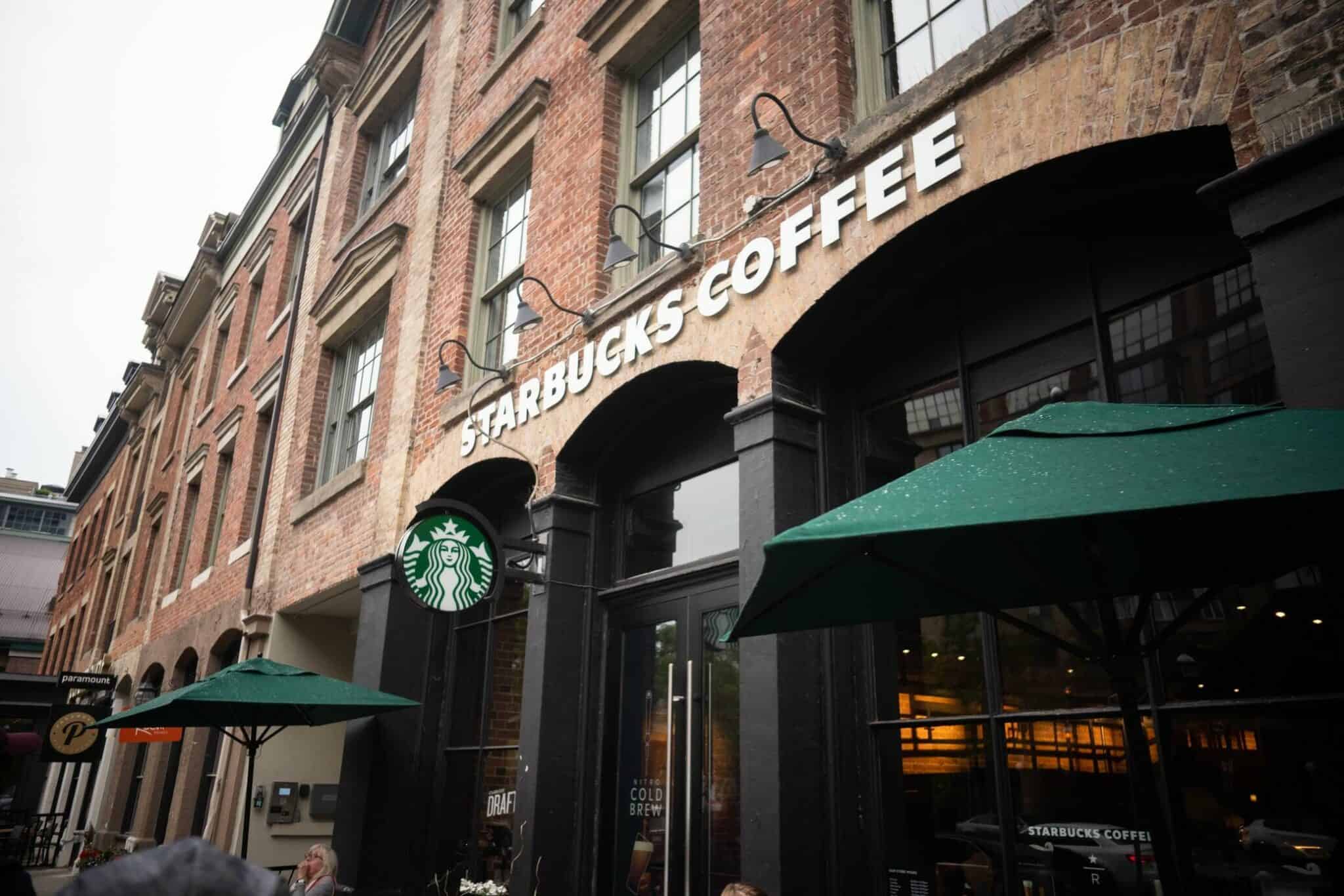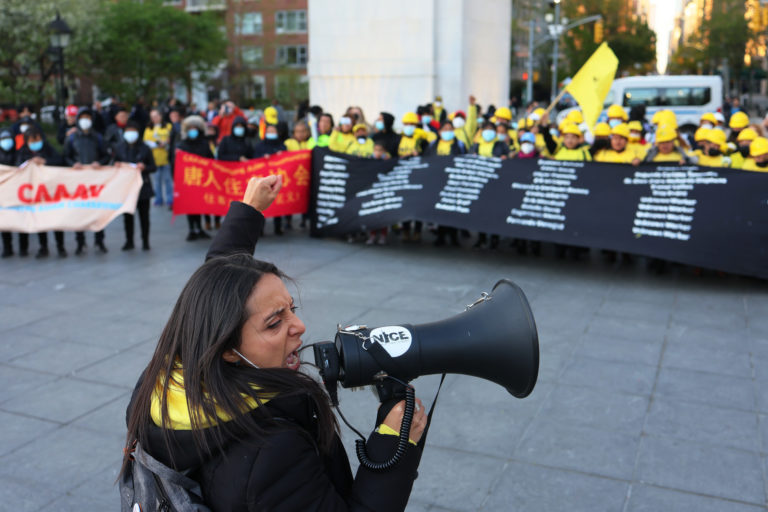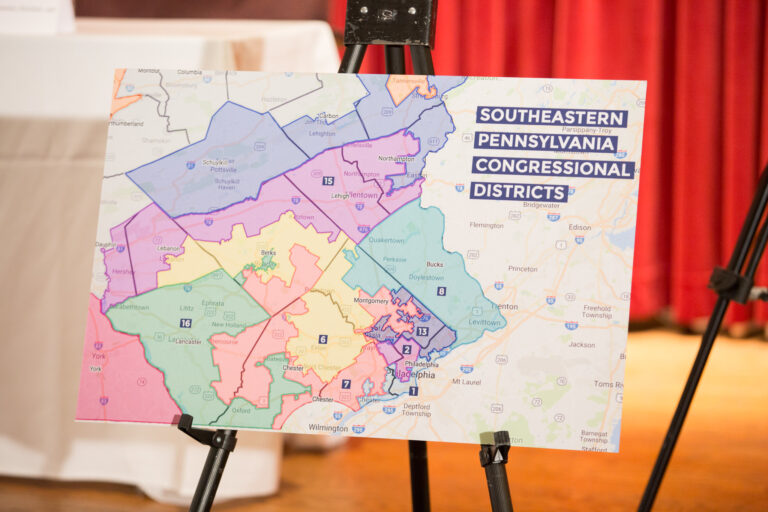
Kevin Vazquez is a staff attorney at the International Brotherhood of Teamsters. He graduated from Harvard Law School in 2023. The opinions he expresses on this blog are his own and should not be attributed to the IBT.
On Friday, almost exactly a year after the last vote began, ballots were sent out to thousands of Amazon workers in Bessemer, Alabama, who will get a second chance – this time, hopefully, free of unfair labor practices and other interference by Amazon – to decide whether they want to be represented by RWDSU. The workers will have just under two months to mail in their ballots, a period during which, if history is any guide, Amazon will likely do its utmost – and expend hundreds of thousands of dollars – to ensure that the union drive is defeated. So far, that effort has already included, among other classic anti-union tactics, regular captive audience meetings, in which Amazon forces its workers to endure its anti-union messaging while on the clock. According to the union, more than half of those eligible to vote this time were also eligible to vote last year, and the union received a list of 6,143 employees (nearly 350 more than the year prior). Many Amazon workers have been bravely and boldly sharing their support for the unionization effort, including wearing red RWDSU t-shirts inside the warehouse – which workers have said did not occur last year. Although the odds are not in the union’s favor, the stakes in this election are high, particularly as Amazon faces viable union drives in at least two other facilities, and as a wave of unionization efforts, some successful, sweeps large and highly visible employers like Starbucks.
On that note, a HuffPost piece published on Friday details the extreme – and extremely expensive – ends Starbucks is employing to “slow a union campaign that has caught fire” and spread to more than 50 stores in at least 19 states. Starbucks has retained Littler Mendelson, the notorious union-busting law firm (and the largest such firm in the U.S.), to handle its litigation at the NLRB, and 30 Littler attorneys have worked on the Starbucks cases thus far, likely already racking up legal fees tabulating in the hundreds of thousands. Their goal is to delay the elections, which have spread coast-to-coast, by any means necessary – including raising the same legal arguments repeatedly in different NLRB proceedings, even after they have already been rejected – in order to buy Starbucks the time necessary to dip into its expansive union-avoidance arsenal and frustrate the nascent nationwide union drives.
Slowing down a union drive, of course, benefits an employer, whom the NLRA provides with a number of extremely effective anti-union weapons, in myriad ways. Employers can, for example, hire more employees to dilute the pro-union contingent in anticipation of the election, force employees to attend anti-union meetings during work hours, and hang anti-union signs and posters throughout the workplace, among many other slimy tactics. For Starbucks, clearly recognizing that the resources available to the two sides – a multi-billion-dollar global corporation, buttressed by an elite international law firm, on the one hand, and a fledgling independent union consisting of low-wage service workers on the other – are so vastly unequal, wasting them in any way possible is precisely the point.
In other news, a Bloomberg Law piece, also published on Friday, asserted that President Biden is “running out of time” to fulfill his campaign promises to unions and revamp federal labor law. As the article notes, Biden is not without his share of pro-labor accomplishments, including his NLRB appointments and his enactment of the $1 trillion infrastructure package, which contains certain provisions beneficial to unions, last year. Most of these unilateral actions, however, could easily be undone by a Republican administration, and unions’ primary legislative desire – the PRO Act – remains stalled in the Senate and looks unlikely to be dislodged any time soon. Many in the labor movement were hopeful that one of the act’s major provisions – permitting the NLRB to assess monetary penalties against employers that violate the NLRA, rather than imposing merely compensatory damages – would be enacted as part of Biden’s ambitious social spending budget reconciliation package. But that bill appears to have also been laid to rest in the Senate graveyard last week, courtesy of Sen. Joe Manchin, the Charon of progressive legislation, and labor’s aspirations have dimmed. In any event, the next nine months preceding the November midterm elections might be Biden’s and the Democrats’ final opportunity to repay a constituency that will be indispensable if they are to retain the White House – let alone either legislative chamber – in 2024.
To that end, however, Biden signed an executive order on Friday that will require the use of project labor agreements (PLAs) on all federal construction projects that cost more than $35 million, building on an order issued by President Obama in 2009. PLAs are pre-hire collective bargaining agreements between unions and contractors that establish wages and regulate other aspects of the employment relationship, including work conditions and dispute resolution, for specified construction projects. The order mandates that any contractor working on a large-scale federal construction project become a party to a PLA with one or more unions. According to the White House, the order will apply to more than $250 billion of federal contracts and affect nearly 200,000 workers – not the PRO Act, to be sure, but far from nothing.
Finally, in historic international news, GM workers in Mexico elected the Independent Union of Auto Industry Workers, known as SINTTIA, an upstart independent union that has received the support of many international labor activists, to represent them. The union won 78% of the votes cast by more than six thousand workers, overcoming three rival unions – including Mexico’s largest labor organization – vying to represent the workers, all of which have been characterized by international observers, including the AFL-CIO, as “protection” or “ghost” unions that safeguard business interests at the expense of workers, holding down wages and siphoning manufacturing jobs from the U.S.. After ousting their old union last year, the Mexican workers were finally given the opportunity to vote by secret ballot this year, and the results were a landslide. (The Confederate of Mexican Workers, or the CTM, the old-guard union that had prior represented the workers, won fewer than 1,000 votes.) The election is being hailed as a moment of genuine change and a major win for Mexican workers and the Mexican labor movement. It will also benefit U.S.-based autoworkers, as the UAW has noted, since wages in Mexico have long been suppressed by business-friendly unions that have dominated Mexican workplaces for nearly a century, undermining American wage rates and labor protections. While the election is welcome news, questions have been raised about the repeatability of the process, which was initiated only after a labor complaint from the U.S. government filed pursuant to provisions in the USMCA, the North American trade agreement that replaced NAFTA in 2020. The U.S. government is not likely a reliable long-term proponent of union democracy in Mexico, and the country’s labor scene continues to be virtually controlled by powerful sham company unions. In any event, SINTTIA will now have the right to negotiate a new collective bargaining agreement with GM, and it is setting its sights on substantial wage increases.






Daily News & Commentary
Start your day with our roundup of the latest labor developments. See all
December 21
Argentine unions march against labor law reform; WNBA players vote to authorize a strike; and the NLRB prepares to clear its backlog.
December 19
Labor law professors file an amici curiae and the NLRB regains quorum.
December 18
New Jersey adopts disparate impact rules; Teamsters oppose railroad merger; court pauses more shutdown layoffs.
December 17
The TSA suspends a labor union representing 47,000 officers for a second time; the Trump administration seeks to recruit over 1,000 artificial intelligence experts to the federal workforce; and the New York Times reports on the tumultuous changes that U.S. labor relations has seen over the past year.
December 16
Second Circuit affirms dismissal of former collegiate athletes’ antitrust suit; UPS will invest $120 million in truck-unloading robots; Sharon Block argues there are reasons for optimism about labor’s future.
December 15
Advocating a private right of action for the NLRA, 11th Circuit criticizes McDonnell Douglas, Congress considers amending WARN Act.